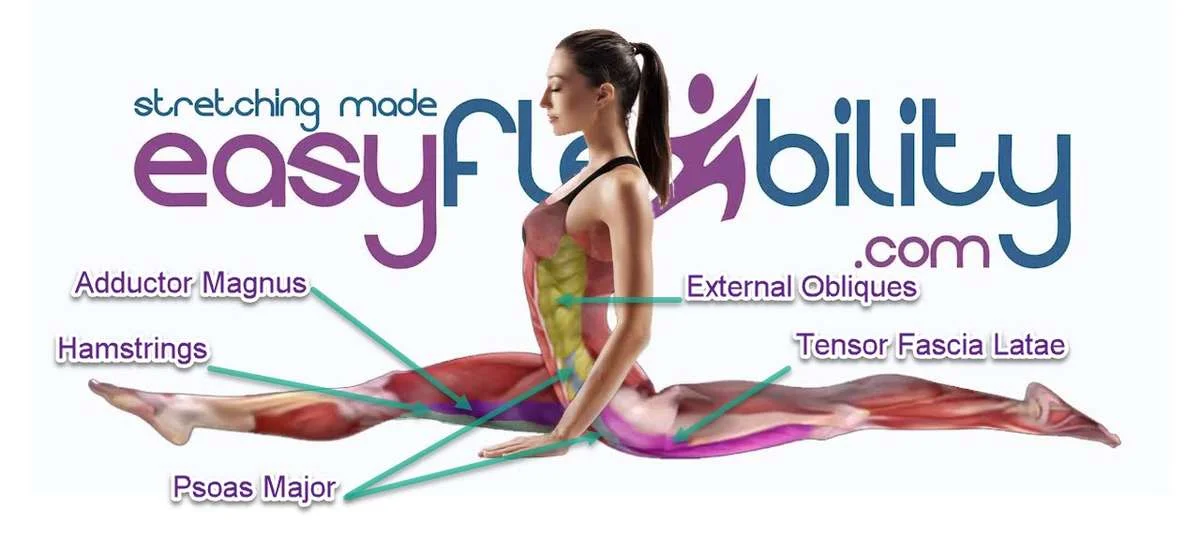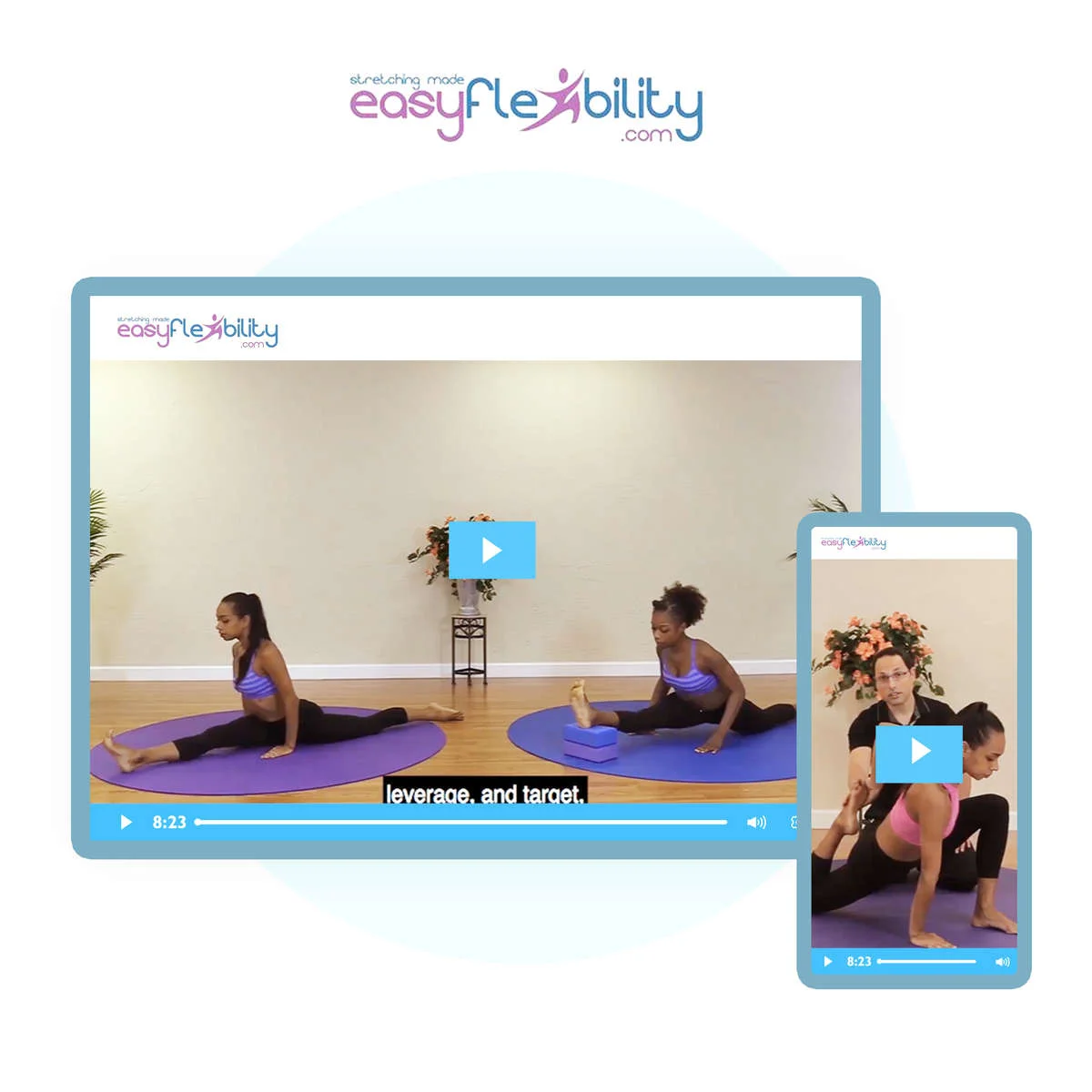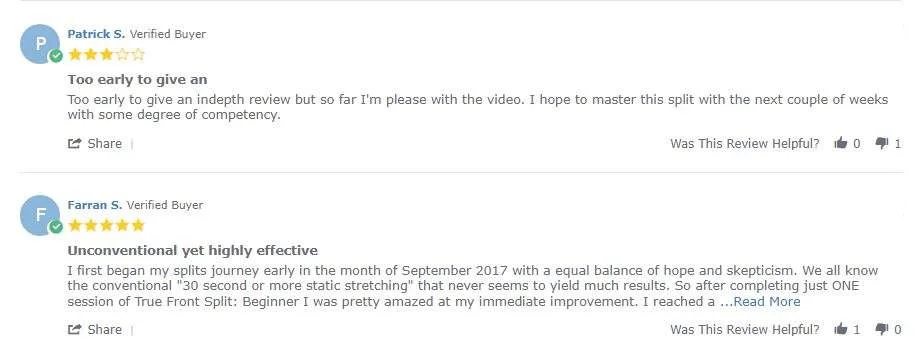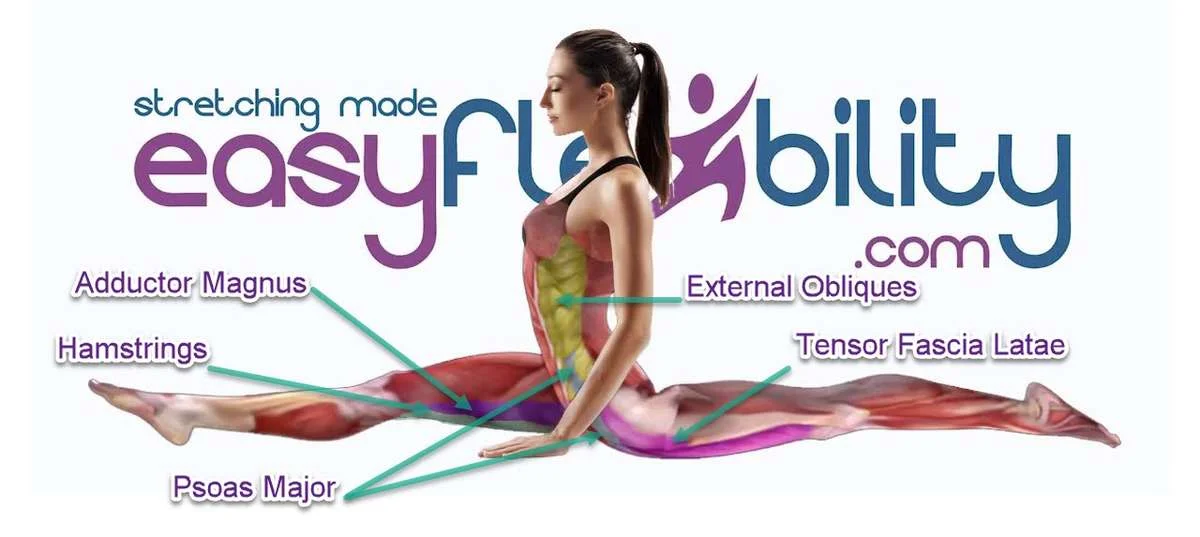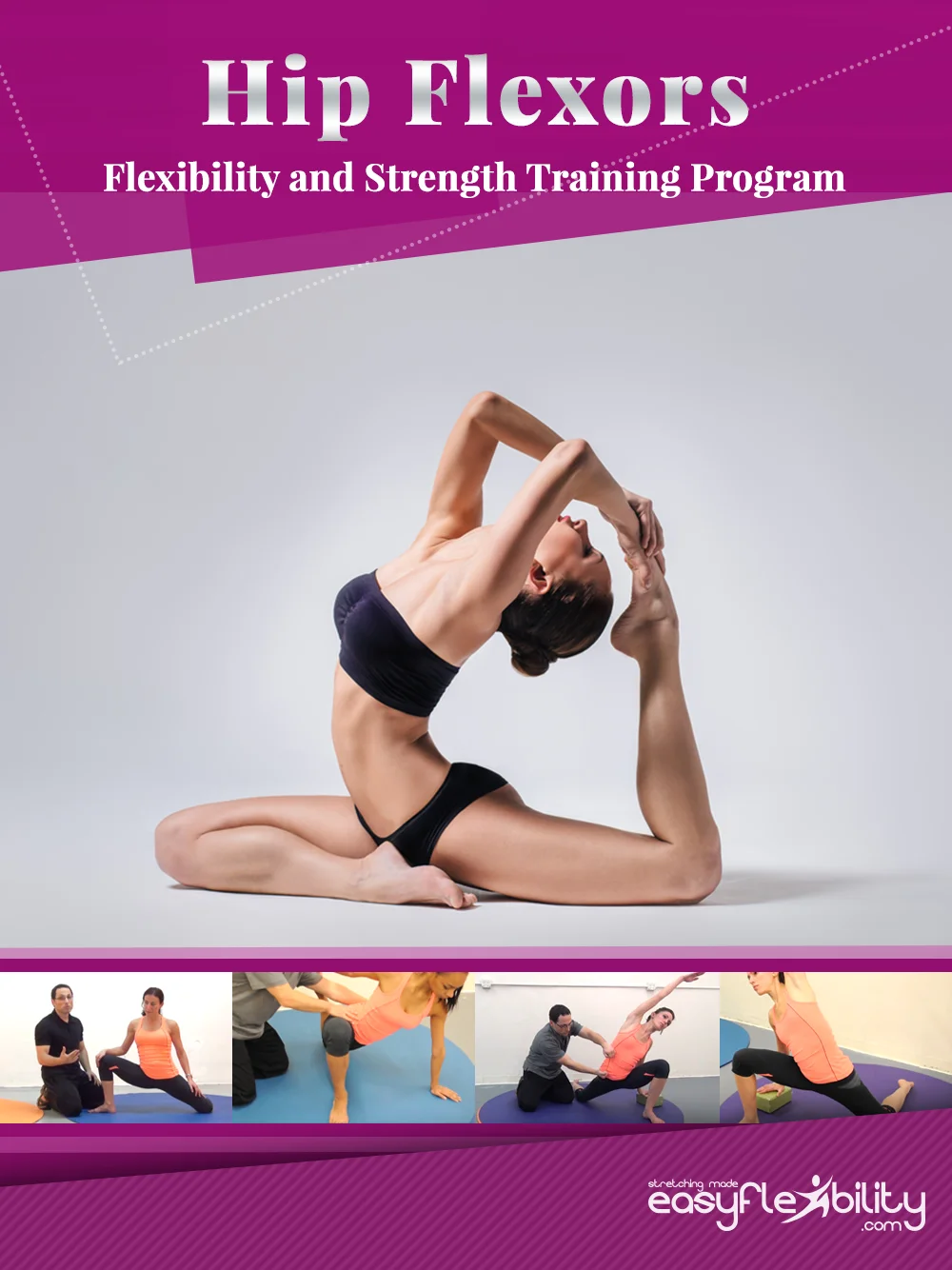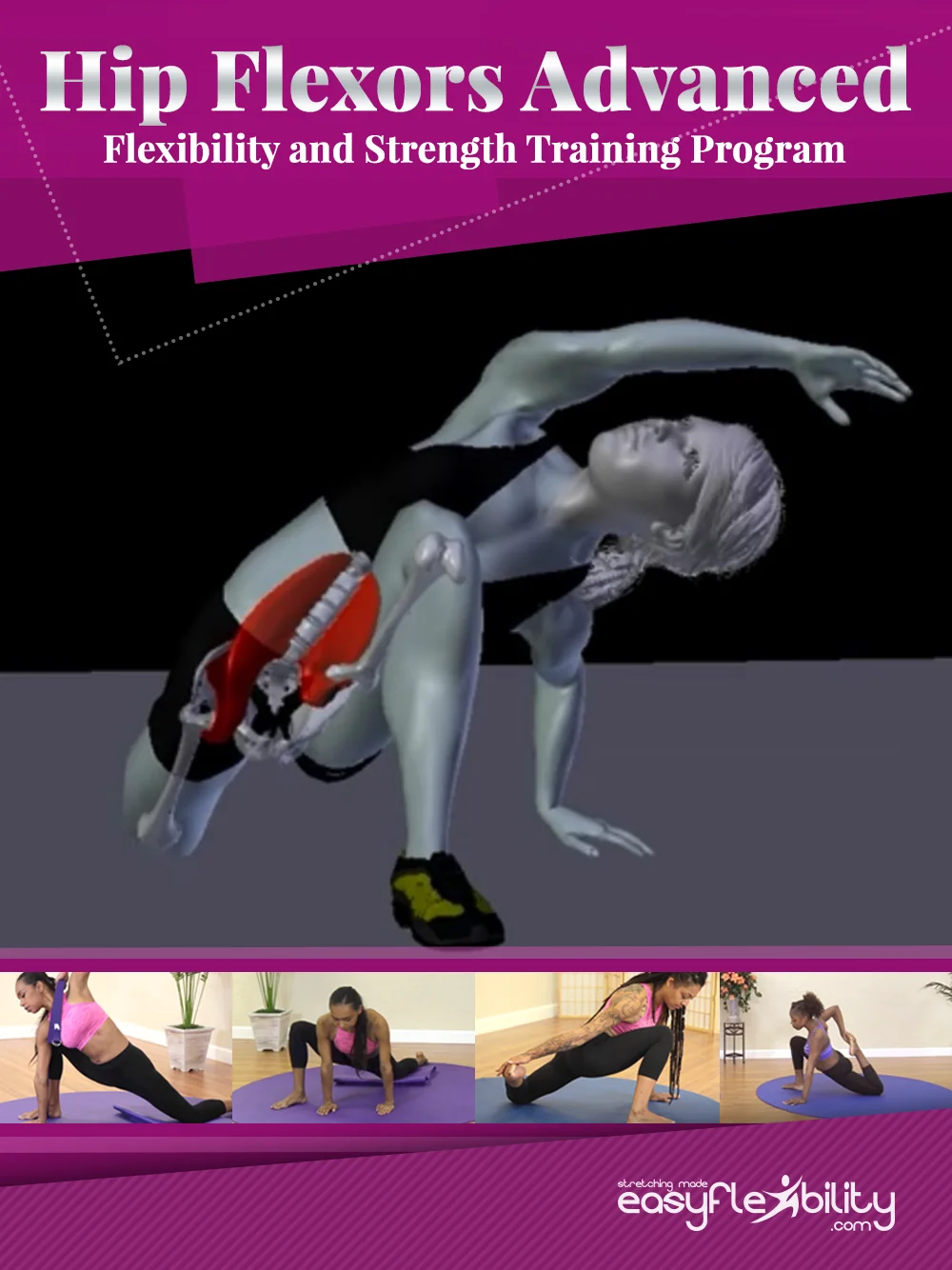Is the Front Split Always Dominated by the Hamstrings?
Jun 05, 2024

Is the Front Split Always Dominated by the Hamstrings?
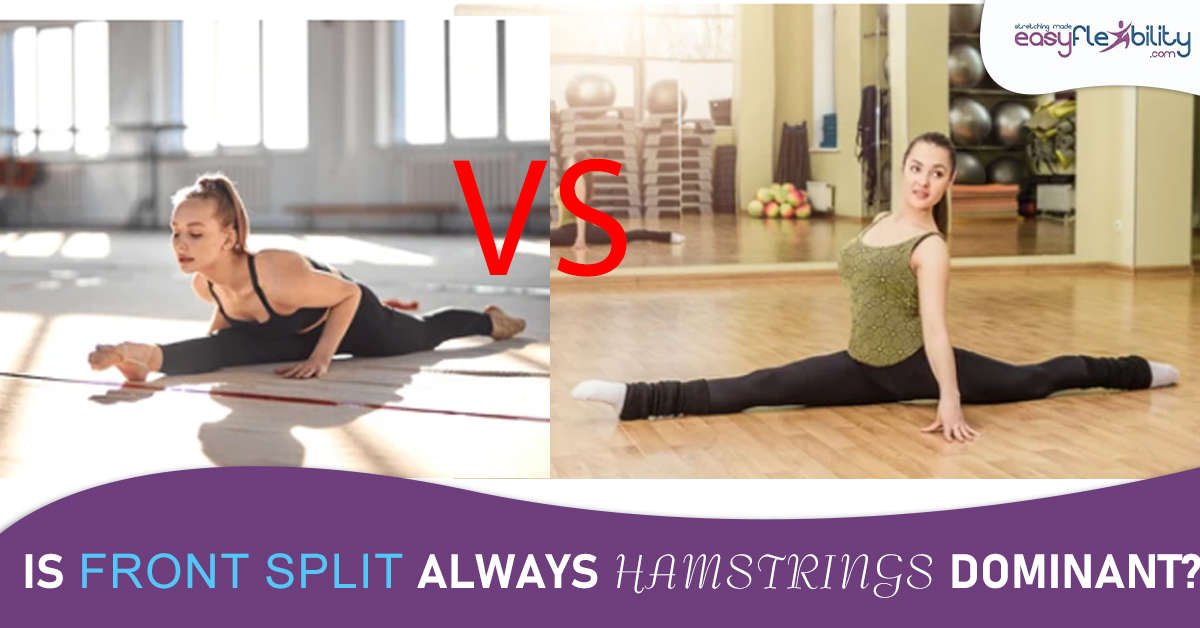
Is the Front Split Always Dominated by the Hamstrings? The straightforward answer is yes. It's rare to encounter someone with a perfectly balanced True Front Split, where flexibility is equally distributed, with 50% coming from the front leg and 50% from the back leg.
This topic often comes up in discussions, especially since we've released numerous videos and articles on the True Front Split. We've covered the functional and structural aspects of the True Front Split, as well as common errors people make in training, performing, and applying the split in various skills.
Curious to find out if your True Front Split leans more towards hamstring dominance? Try this test! Before we delve further, you might be eager to discover whether your True Front Split, assuming you can perform a complete one, is more influenced by your hamstrings or the front leg. If you're not yet able to achieve a full front split, don't fret; our programs are designed to help you achieve your True Front Split quickly and effortlessly.
There are several methods to determine if your True Front Split is more hamstrings or front leg dominant. A straightforward approach is to conduct a general hip flexor test. Within the EasyFlexibility framework, we employ Zaichik Stretching Techniques to individually assess each muscle, but for now, you can start with a general hip flexor test.
This topic often comes up in discussions, especially since we've released numerous videos and articles on the True Front Split. We've covered the functional and structural aspects of the True Front Split, as well as common errors people make in training, performing, and applying the split in various skills.
Curious to find out if your True Front Split leans more towards hamstring dominance? Try this test! Before we delve further, you might be eager to discover whether your True Front Split, assuming you can perform a complete one, is more influenced by your hamstrings or the front leg. If you're not yet able to achieve a full front split, don't fret; our programs are designed to help you achieve your True Front Split quickly and effortlessly.
There are several methods to determine if your True Front Split is more hamstrings or front leg dominant. A straightforward approach is to conduct a general hip flexor test. Within the EasyFlexibility framework, we employ Zaichik Stretching Techniques to individually assess each muscle, but for now, you can start with a general hip flexor test.
True Front Split Strength & Flexibility Training at Home
COMPLETE COMBO - ALL 3 LEVELS - BEGINNER, INTERMEDIATE, ADVANCED
It's easy to get started!
If you are ready to do effortless Splits ANYTIME that you wish with a training method that is Easy, Pain Free and Fast, that is designed to work naturally with your body and keep your flexibility for years to come, then join thousands of satisfied EasyFlexibility practitioners and START YOUR TRAINING TODAY!
This Course includes the following step by step instructions for:
This Course includes the following step by step instructions for:
- Beginner Split
- Intermediate Split
- Advanced Split (Beyond 180 degrees)
Here is a simple test you can do right now to test your True Front Split
- Keep your back neutral, keep it from hyperextending.
- Now do a lunge with your back knee on the floor.
If you're unable to extend your hip to 90 degrees but can still perform a true front split, it indicates that your front leg is contributing more than half of the effort. This means you're achieving over 90 degrees of flexibility in the front leg during the split. Since achieving a total of 180 degrees requires 90 degrees from each leg, and if the back leg isn't providing its share, the extra flexibility must be compensated by the front leg. This involves the front hamstrings and other muscles that extend the hip on the front leg.
Additionally, to assess your hamstring flexibility, you can lie on your back, keep your spine neutral, and lift your leg upwards. If your back leg doesn't reach 90 degrees and your front leg doesn't compensate adequately (which would mean your leg is extending beyond your body line), then your execution of the true front split might not be accurate. You may still manage to perform it, but likely with various compensations.
Another method to test your true front split includes:
- Performing a True Front Split with proper form, ensuring your hips are squared, the back knee is pointing towards the floor, and there's a clear line between your front and back leg, with the front leg not turned out, among other things.
If you're able to lower yourself all the way down, observe your posture. If you find yourself leaning forward towards your front leg, it's a sign that you're relying more on the flexibility of your front leg. This forward lean helps prevent overextension of your back hip by shifting your weight forward.
Additionally, to assess your hamstring flexibility, you can lie on your back, keep your spine neutral, and lift your leg upwards. If your back leg doesn't reach 90 degrees and your front leg doesn't compensate adequately (which would mean your leg is extending beyond your body line), then your execution of the true front split might not be accurate. You may still manage to perform it, but likely with various compensations.
Another method to test your true front split includes:
- Performing a True Front Split with proper form, ensuring your hips are squared, the back knee is pointing towards the floor, and there's a clear line between your front and back leg, with the front leg not turned out, among other things.
If you're able to lower yourself all the way down, observe your posture. If you find yourself leaning forward towards your front leg, it's a sign that you're relying more on the flexibility of your front leg. This forward lean helps prevent overextension of your back hip by shifting your weight forward.
A crucial aspect to consider is that possessing a highly flexible lower back can allow you to achieve significant flexibility in your front leg and then compensate by hyperextending your back to maintain a vertical posture. This might give the appearance of performing a true front split, even though one leg is contributing more than the other. This scenario illustrates the difference between a functional and a structural true front split. For a deeper understanding of this concept, there are articles available that explore this topic in more detail.
True Front Split Strength & Flexibility Training at Home
COMPLETE COMBO - ALL 3 LEVELS - BEGINNER, INTERMEDIATE, ADVANCED
It's easy to get started!
If you are ready to do effortless Splits ANYTIME that you wish with a training method that is Easy, Pain Free and Fast, that is designed to work naturally with your body and keep your flexibility for years to come, then join thousands of satisfied EasyFlexibility practitioners and START YOUR TRAINING TODAY!
This Course includes the following step by step instructions for:
This Course includes the following step by step instructions for:
- Beginner Split
- Intermediate Split
- Advanced Split (Beyond 180 degrees)
 In certain situations, enhancing the flexibility of your hip flexors may be necessary, especially if you're capable of performing a true front split that is predominantly reliant on your front leg. This can occur when the strength and flexibility of your lower back enable you to maintain an upright torso. If you're looking to achieve a more balanced flexibility, particularly for specific uses of the True Front Split, focusing on your hip flexor flexibility could be beneficial.
In certain situations, enhancing the flexibility of your hip flexors may be necessary, especially if you're capable of performing a true front split that is predominantly reliant on your front leg. This can occur when the strength and flexibility of your lower back enable you to maintain an upright torso. If you're looking to achieve a more balanced flexibility, particularly for specific uses of the True Front Split, focusing on your hip flexor flexibility could be beneficial.Improving the flexibility of your hip flexors can lead to a more balanced split by engaging your back leg more effectively. If you notice a significant imbalance in your split, choosing a hip flexor flexibility program that matches your current level—whether beginner or advanced—can be crucial. This decision should be based on the range of motion you currently have in your split and the extent to which your front leg is compensating.
Typically, if you're able to achieve a flat true front split but find yourself compensating with your front leg, it's likely that you still possess some flexibility in your rear leg. This suggests that you've engaged in some form of training targeting the rear leg's hip flexors, adductors, and both agonist and antagonist muscle groups. In such scenarios, opting for an advanced hip flexor flexibility program is often the most appropriate course of action.
Hip Flexors Flexibility & Strength Basic Level Program
This program focuses on general anatomic hip extension flexibility. This means the movement of the hip in purely sagital plane. No actions in coronal or transverse plane take place. Each of the hip flexors is adressed separately together with other muscle groups, which
can restrict hip extension.
Hip Flexors Advanced Level Program
This hip flexors program is truly unique. It builds up on the previous one. (Thousands of people have extreme flexibility in their hip flexors from using our regular hip flexors program). This program takes an already very fast and effective Zaichik Stretching Techniques and enhances them with "modalities" for even faster results.
Are you doing a True Front Split or do you just have deep hamstrings flexibility?
There are people who are not doing a true front split at all. They simply have very deep hamstring flexibility, and they rely on that 90% to do the split. Just recently, someone reached out to us for assistance. She sent us her daughter's flexibility pictures.
Her daughter, Lilly, was able to bend forward completely with both of her legs straight. Showing excellent hamstring flexibility and also was able to do a cobra with her chest pointing up to the ceiling, showing excellent back bending flexibility. And yet, the hip flexor flexibility was average at most. And that was the point for her to work on. We recommended that she start with a beginner's hip flexors program. And then eventually move on to the Advanced Hip Flexors program.
Final note
Bottom line, it is important to remember that just because the legs are a 180 degree apart doesn't mean that it's a perfect split. And there is usually, for most people, more room to work on to improve the split. Making it look better. Making it safer to do. Making it more productive, especially if is going to be used in a skill, for example, in a jump, or in a kick, or in a tumbling skill, etc.
If you aren’t sure if you’re doing a proper True Front Split, or need help in selecting the right program for you, feel free to reach out to us by sending an email to [email protected]
True Front Split Strength & Flexibility Training at Home
COMPLETE COMBO - ALL 3 LEVELS - BEGINNER, INTERMEDIATE, ADVANCED
It's easy to get started!
If you are ready to do effortless Splits ANYTIME that you wish with a training method that is Easy, Pain Free and Fast, that is designed to work naturally with your body and keep your flexibility for years to come, then join thousands of satisfied EasyFlexibility practitioners and START YOUR TRAINING TODAY!
This Course includes the following step by step instructions for:
This Course includes the following step by step instructions for:
- Beginner Split
- Intermediate Split
- Advanced Split (Beyond 180 degrees)
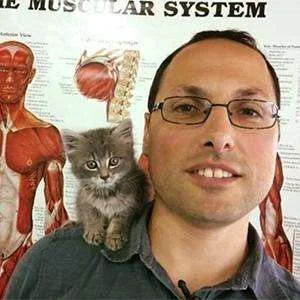
About the Author:
Paul Zaichik is an Exercise Science Expert, author of multitude of books, and the creator of Zaichik Stretching Technique (formely known as Kinesiological Stretching Technique). His speciality is flexibility training as well as body weight conditioning. His innovative method is designed to have maximum carry over into specific athletic techniques. Paul is the author of books and DVD’s on the topic of flexibility, martial arts and bodyweight training. Over the years, Paul Zaichik has worked with a variety of individuals including athletes, entertainers, and military personnel. His ElasticSteel Method of Athletic Conditioning programs, EasyFlexibility Programs and Zaichik Stretching Techniques are used world wide by both professional and amateurs with great success.

